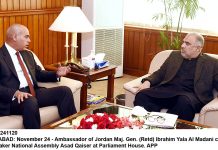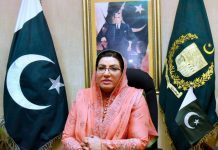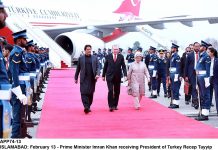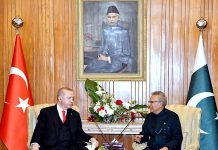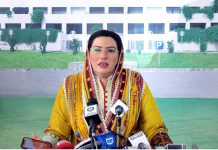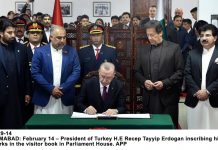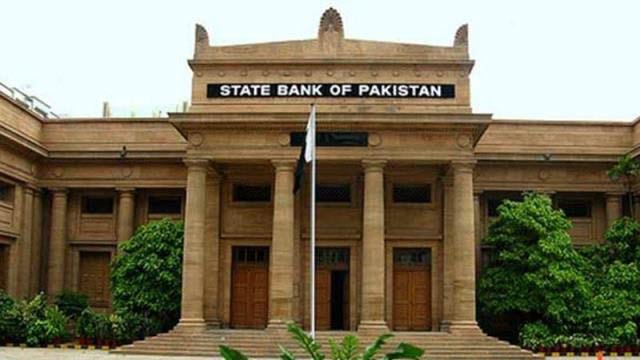
The SBP said the Monetary Policy Committee of the bank met Monday under the chairmanship of Governor SBP, Dr. Reza Baqir and decided to keep the policy rate unchanged at 7 percent. “The State Bank of Pakistan’s Monetary Policy Committee met under the chairmanship of Governor Dr Reza Baqir and decided to keep the policy rate unchanged at 7 percent,” the bank said.
In a press release, the SBP noted that business confidence and the growth outlook in the country had improved since the last meeting held by the central bank in June.
“This reflects the decline in Covid-19 cases in Pakistan and the easing of lockdowns, as well as the timely stimulus provided by the Government and SBP. At the same time, the forecast for inflation has risen slightly, primarily due to recent supply side shocks to food prices,” said the bank.
The SBP said that average inflation was expected to decline to 7-9% for FY21 “rather than marginally below”.
The press release further credited the measures taken by the SBP during the pandemic led to “significant liquidity and further lowered funding costs” for businesses and households. “Together, these monetary measures have injected an estimated stimulus of Rs. 1.58 trillion, or about 3.8 percent of GDP, in the cash flow of businesses and households,” it said.
Acknowledging that the autosales, cement dispatches, POL sales, and electricity consumption and other indicators reflected an encouraging pickup, “the economic recovery remains uneven across industries”, adding that the hospitality and service sectors were lagging to pre-Corona levels.
The SBP said that growth was expected to rise to slightly above 2% for FY21 from the previous low of -0.4%. The bank said that recovery is expected to be driven by manufacturing-related activities and construction, which are being supported by various financial policies from SBP including the Temporary Economic Refinance Facility and the government’s incentives for the housing and construction sectors.
The press release stated that on the downside, a second wave of the pandemic was expected in Pakistan’s export markets – the US and Europe – during the winter, which could hamper economic activity.
The bank talked about how Pakistan’s foreign exchange reserves had risen to its pre-coronavirus level due to surplus in the current account brought about by many factors.
“Remittances rose to a record monthly high in July and have topped US$ 2 billion for the last three months. By supporting the current account, which swung into a surplus in July, these developments have helped to restore SBP’s foreign exchange reserves to their pre-pandemic level of around US$ 12.8 billion. As a result, Pakistan’s reserve adequacy is now back above the important global benchmark of 3 months of import cover. Looking ahead, the current account deficit is expected to remain bounded at around 2% of GDP. This, together with expected private and official flows, should continue to keep Pakistan’s external position stable in FY21.”
Earlier, the central bank had announced on Twitter that the SBP’s Monetary Policy Committee (MPC) is meeting on Monday to discuss the country’s monetary policy for the next two months.

